- Home |
- Search Results |
- 9 of the most extraordinary sea creatures
9 of the most extraordinary sea creatures
Did you know that our great ocean contains between half and three-quarters of all life on Earth? In Water World, natural history illustrator Ben Rothery explores how its many fascinating creatures live. And we’ve picked out a few of our favourite marine animals.
1. Yellow seahorse (Hippocampus kuda)
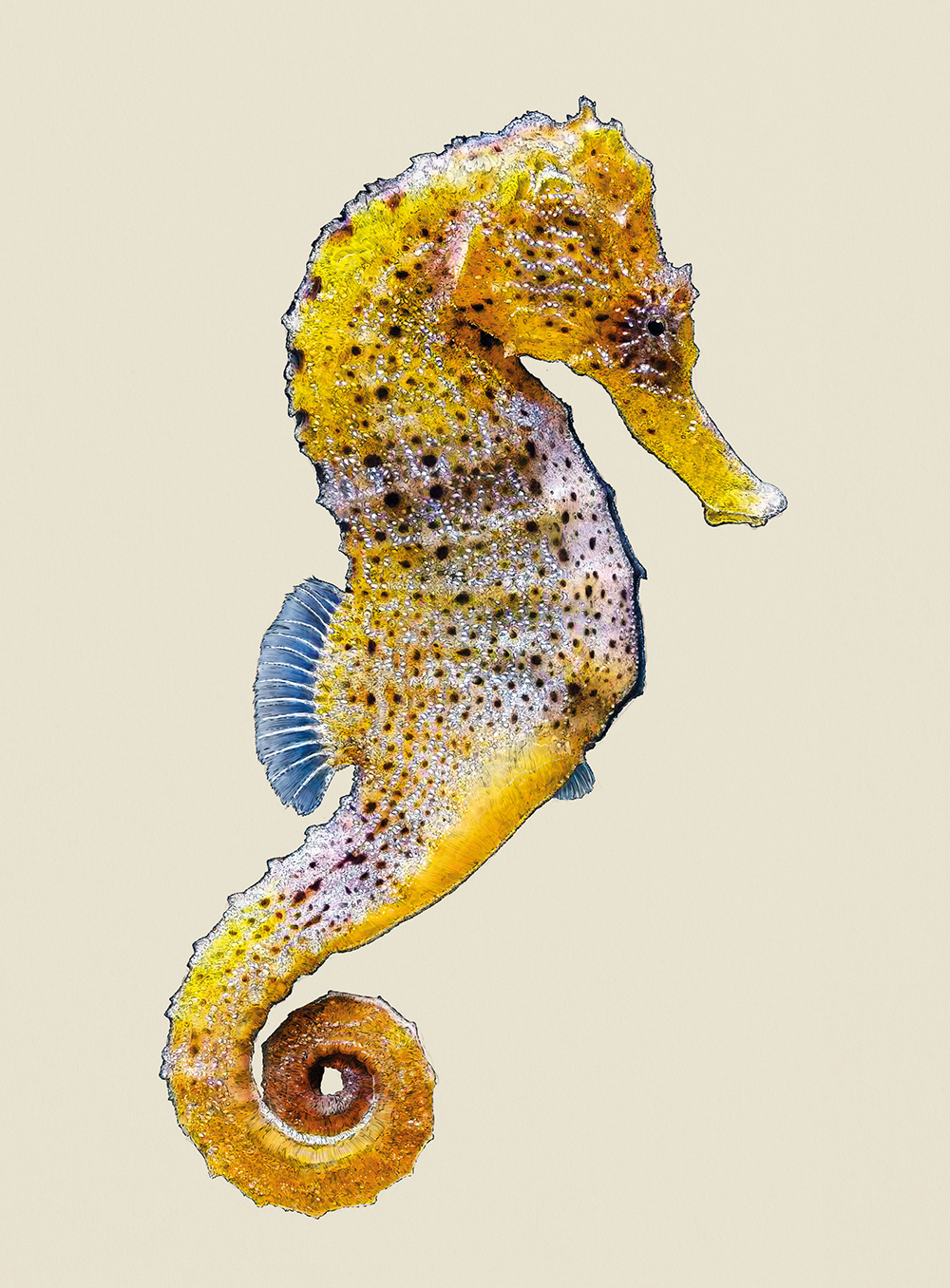
Unlike most other fish, seahorses mate for life and are one of the few species where the male, rather than the female, carries the unborn young. The male has a pouch on his belly, where the female lays her eggs. The male then fertilizes the eggs internally and carries them until they hatch as fully formed, miniature versions of their parents.
2. Pacific walrus (Odobenus rosmarus divergens)
At over 3 metres long and weighing over a tonne, the Pacific walrus is one of the largest pinnipeds – only the elephant seal is larger. Its long white tusks can grow to nearly a metre long, and the walrus uses them for a variety of tasks, including hauling its huge body out of the water and breaking breathing holes into the ice from below.
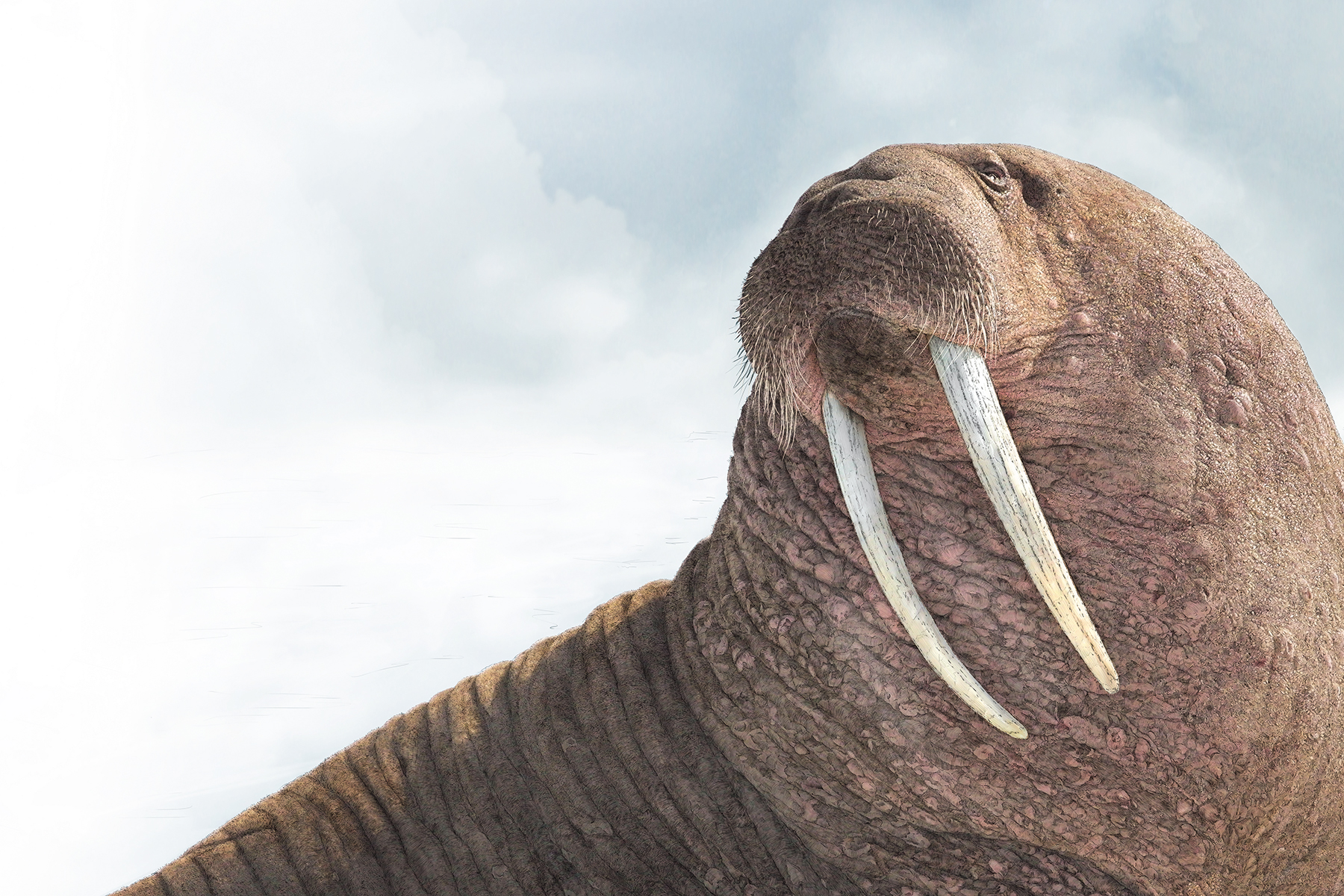
3. Striped marlin (Kajikia audax)
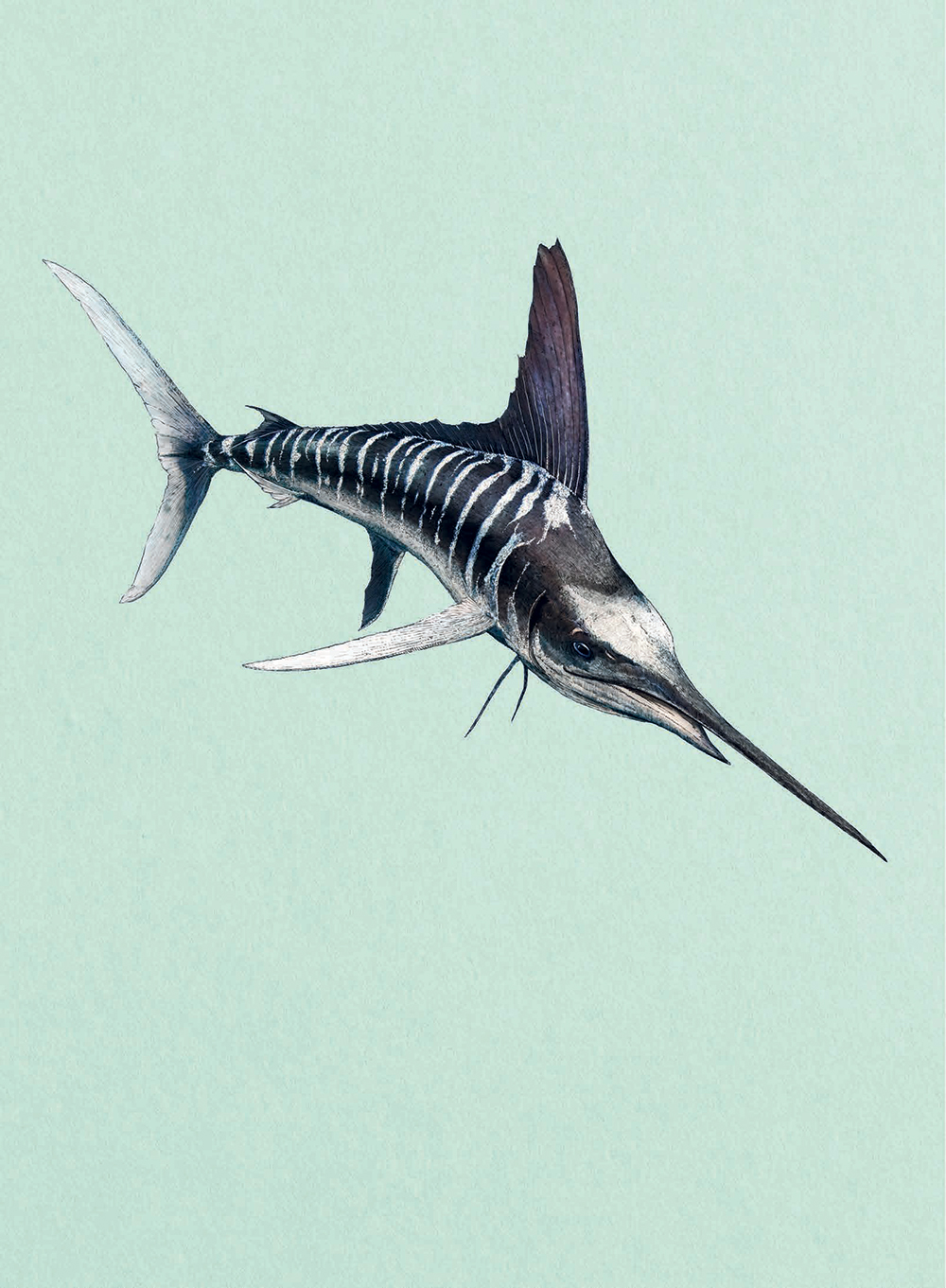
Striped marlin can grow to over 3 metres in length and are some of the fastest fish in the sea, capable of bursts of speed of up to 80 kilometres per hour. Marlin rely on their large eyes to hunt, and patrol near the water’s surface, where it’s well lit. When they become excited, marlin change colour and light up with iridescent blue stripes that confuse their prey to make it easier to catch.
4. Bigfin reef squid (Sepioteuthis lessoniana)
Bigfin reef squid are found all over the world, in tropical and temperate waters such as the Indian and the Pacific oceans. They range in length from 4 to 33 centimetres, and reach their full size in only four months, making them the fastest-growing of any large marine invertebrate (an animal without a spine). Bigfin reef squid can rapidly change their body’s colour and pattern at will, usually for camouflage to hide from predators and prey.
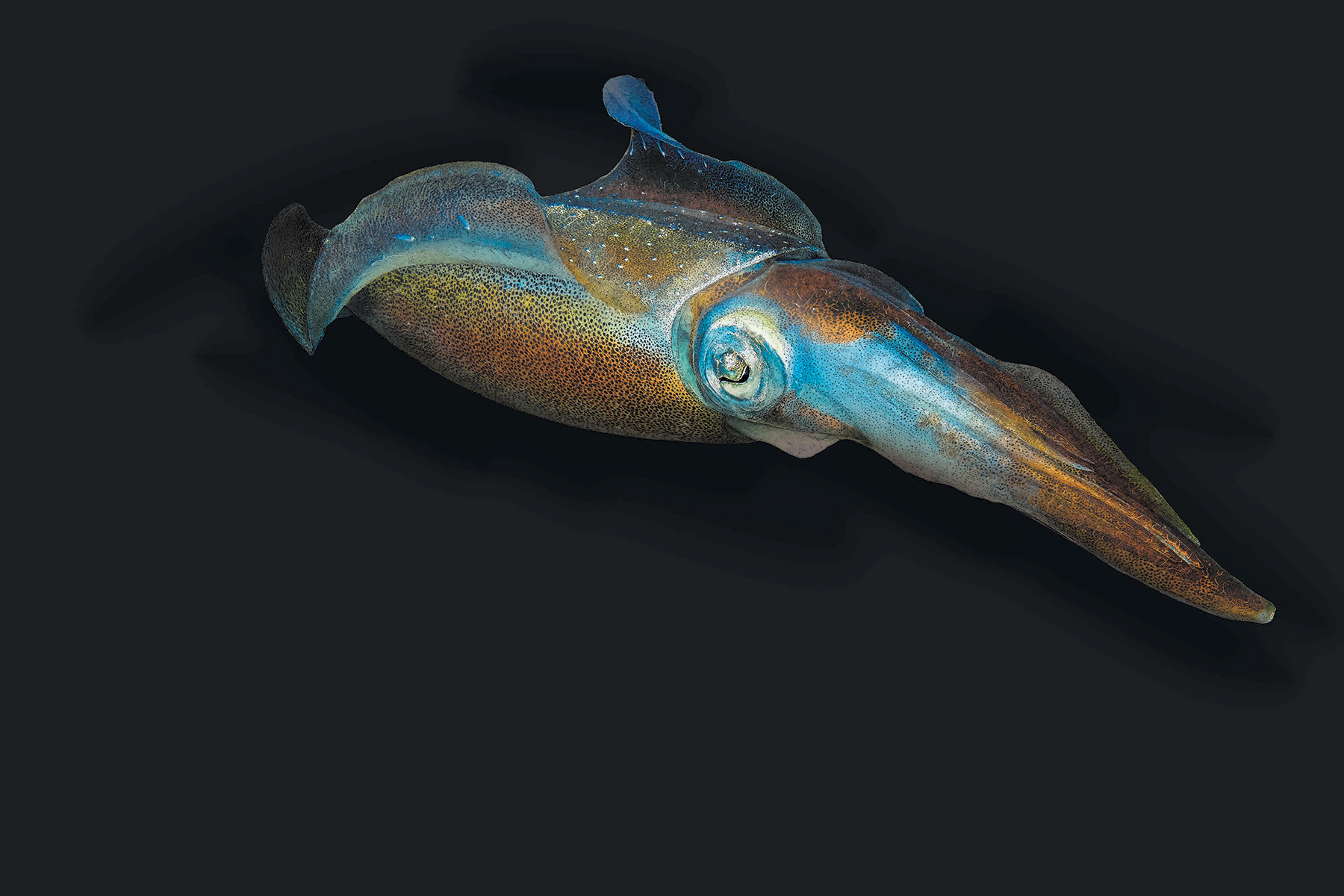
5. Blue-footed booby (Sula nebouxii)
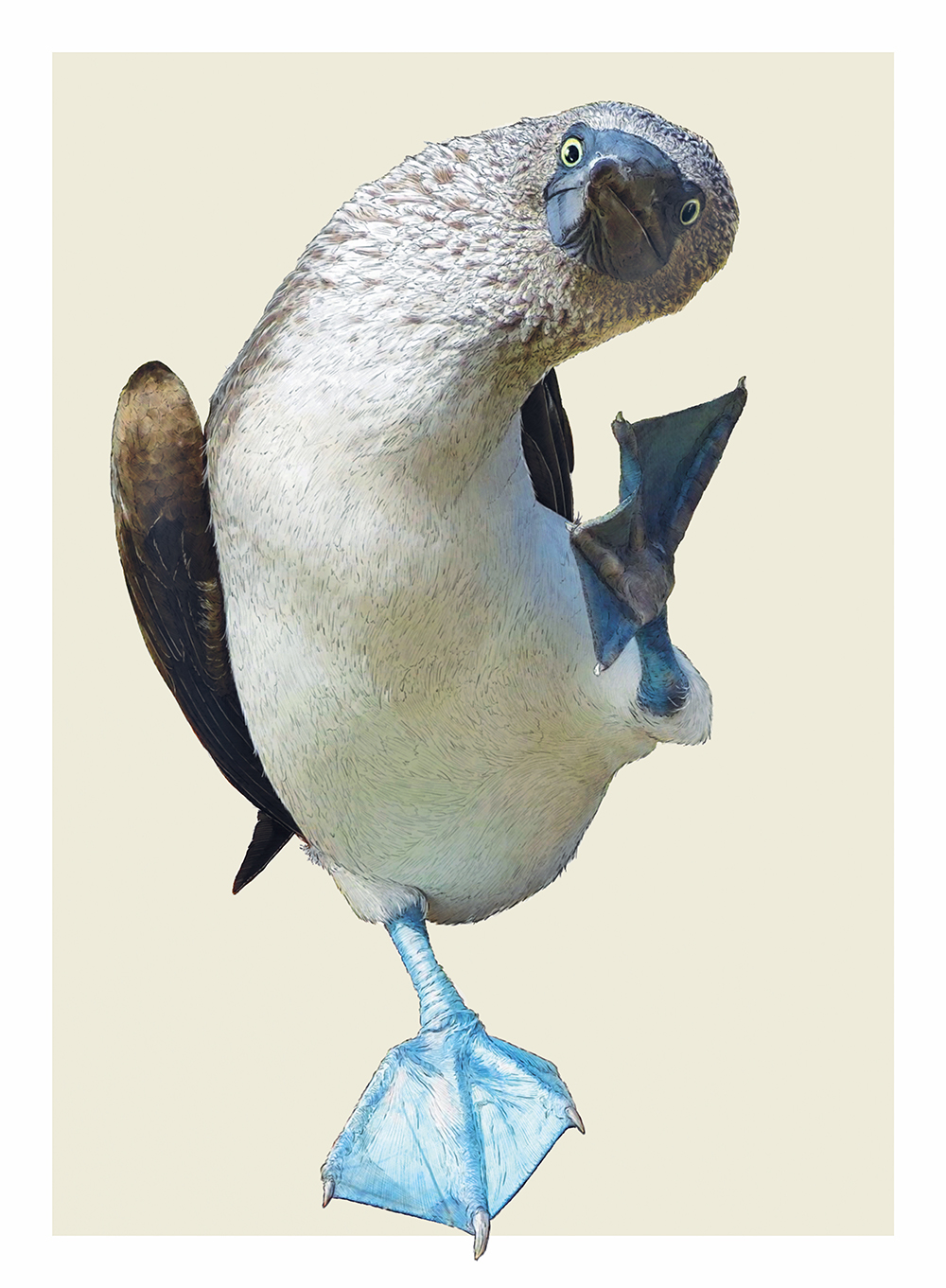
These marine birds nest along the western coast of America, from the Gulf of California to South America, but over half of all breeding pairs gather in huge colonies on the Galapagos Islands in the eastern Pacific Ocean. Their name comes from the Spanish word bobo, meaning ‘clown’, in reference to their clumsy movement on land, but they’re graceful in the air and below the water.
6. Whale shark (Rhincodon typus)
Often growing to over 18 metres long, the whale shark is the largest fish in the sea. These gentle giants are found close to the surface in tropical waters all around the world. In spite of their enormous size, they are harmless to most creatures, as they feed almost exclusively on plankton and tiny fish.
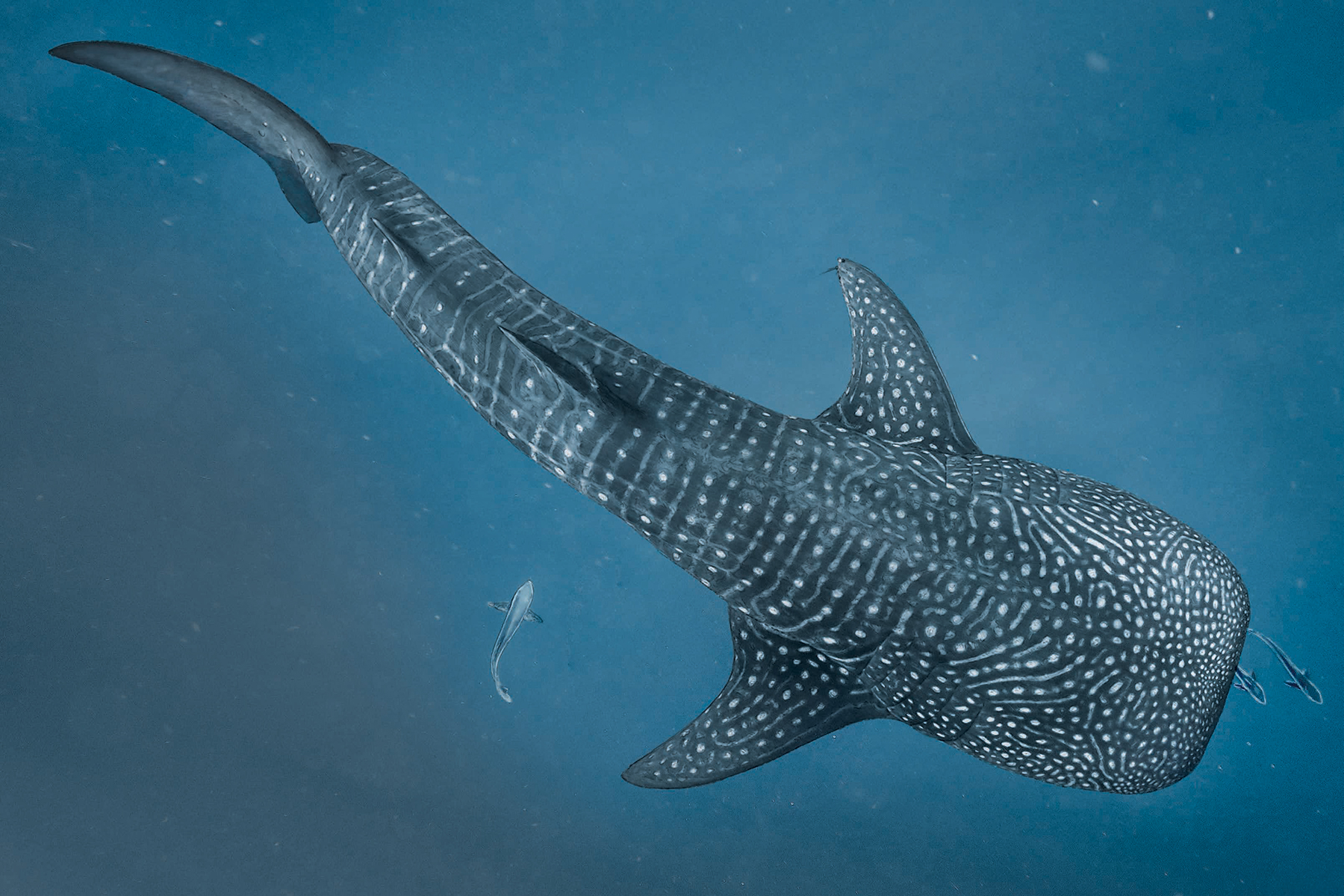
7. King penguin (Aptenodytes patagonicus)
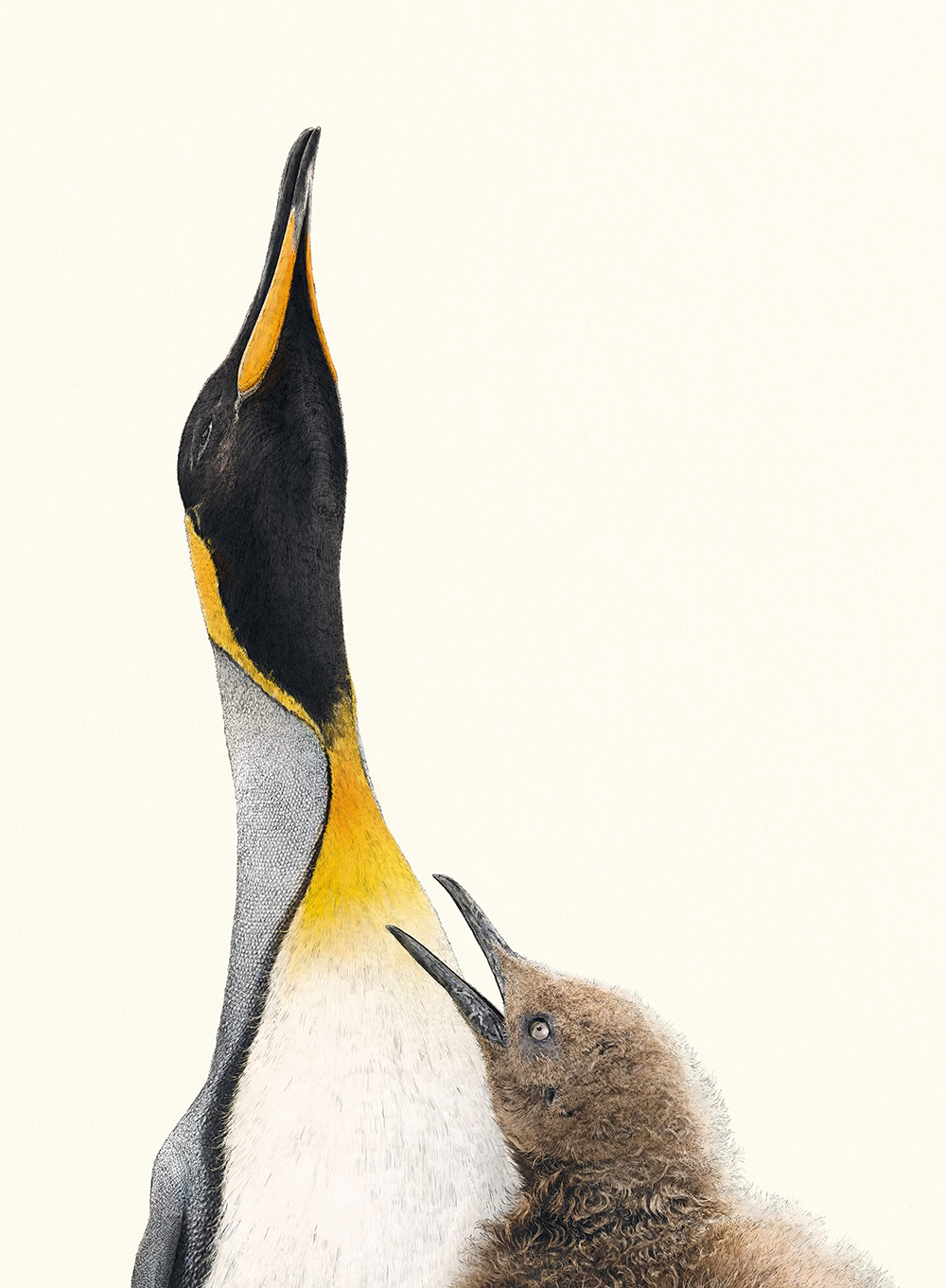
Standing at nearly a metre tall and weighing as much as 15 kilograms, the king penguin is the second-largest penguin species after the emperor. King penguins are found throughout the Antarctic, both on the continent and its surrounding islands. King penguins feed mainly on fish and squid, which they catch far out at sea, before returning to land to rest
8. Great white shark (Carcharodon carcharias)
Found in cool, coastal waters throughout the world, great white sharks are the largest predatory fish. They grow to an average of 4.5 metres long, but females can reach over 6 metres and weigh as much as 2.5 tonnes. The great white’s main prey includes seals, sea lions, small whales, and sea turtles, although it will take advantage of any meal, including the floating carcasses of dead whales.
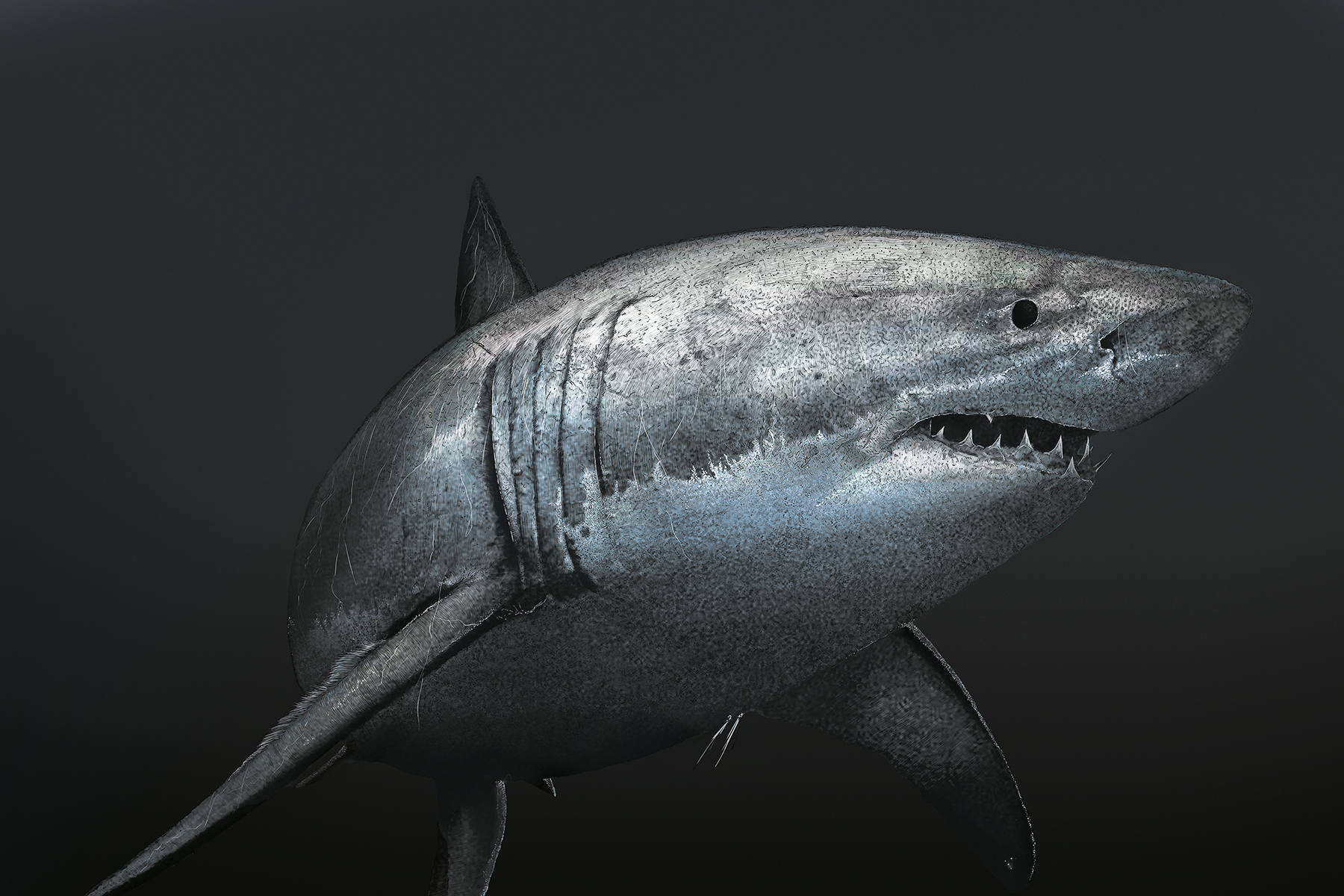
9. Pilot fish (Naucrates ductor)
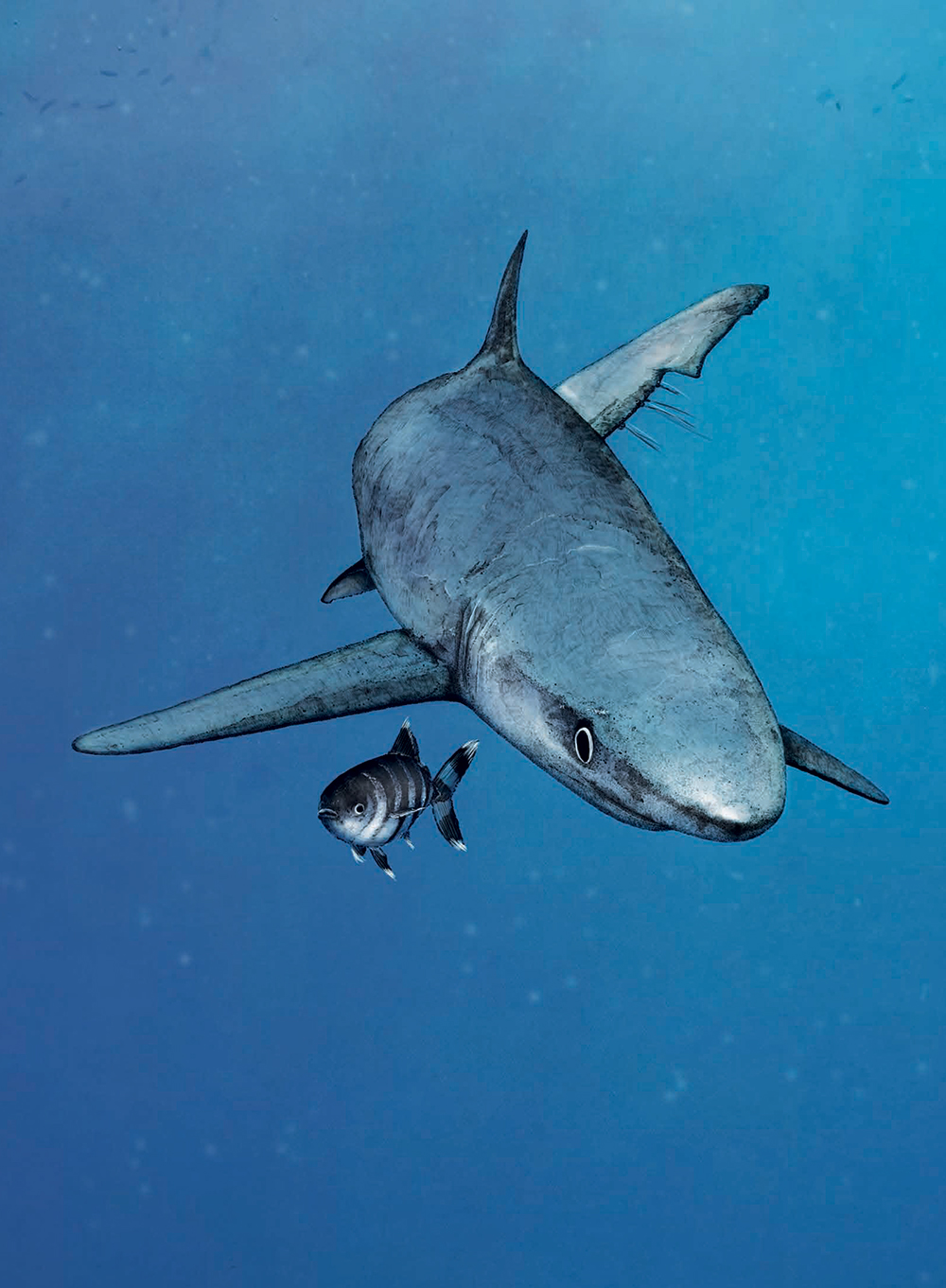
Pilot fish have a mutualistic relationship with sharks, rays and various other predators, meaning both species benefit from the relationship. Pilot fish gain protection from their hosts in exchange for keeping the predator free of parasites.